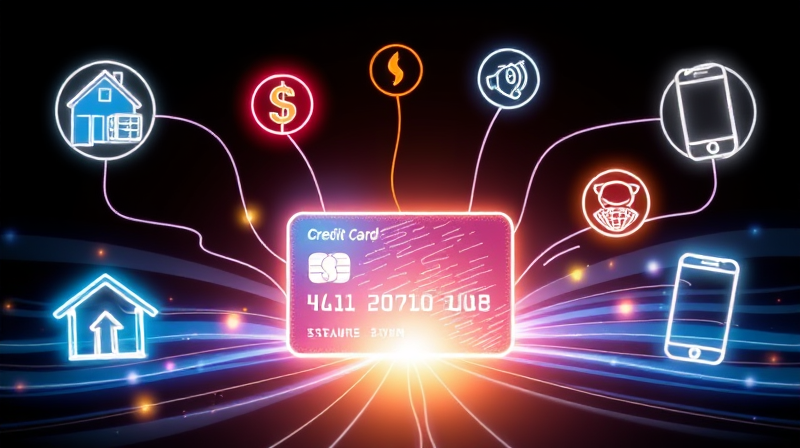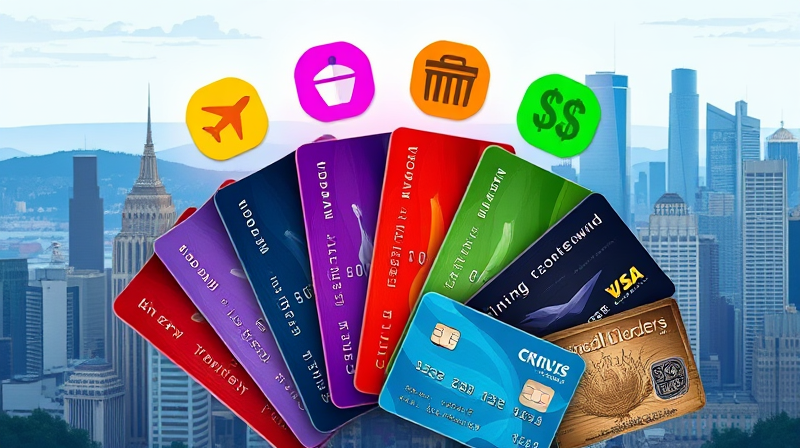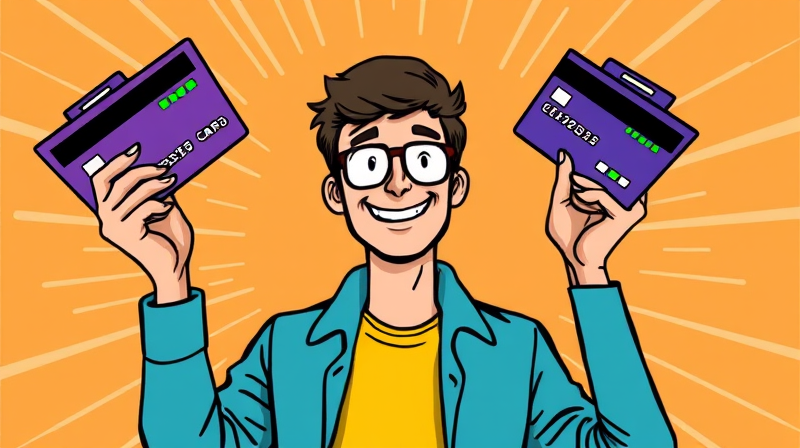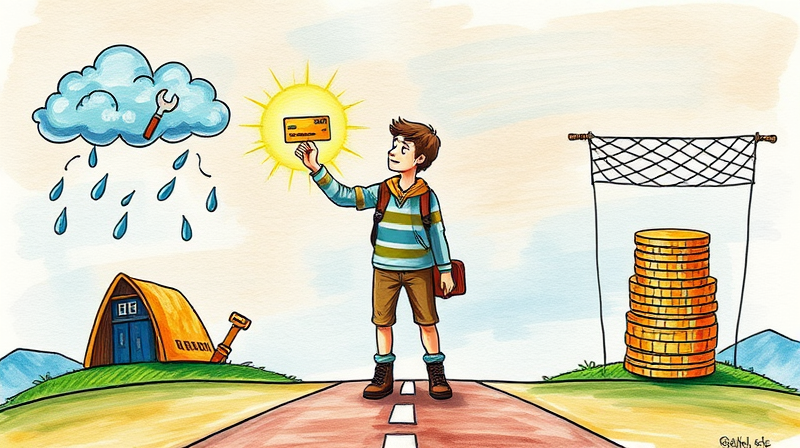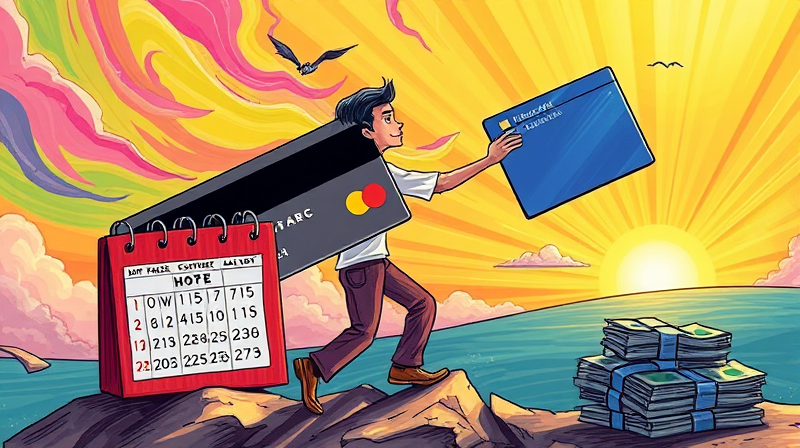
Referral programs bridge the gap between customer satisfaction and brand amplification, turning loyal users into active advocates.
A referral program incentivizes existing customers to recommend a product or service to their network in exchange for rewards. These rewards vary widely—from bonus points and exclusive discounts to cash credits and premium upgrades. By aligning customer incentives with business goals, companies can transform word-of-mouth into a measurable growth engine.
Programs typically fall into two categories: single-sided, where only the referrer benefits, and double-sided, where both parties gain value. Organizations track referrals through unique codes, personalized links, or referral APIs, ensuring transparency and accountability. Transparent tracking fosters participant trust and simplifies reward distribution.
Choosing the right reward structure is critical. Some users prefer immediate monetary credits, while others value points redeemable for special experiences or product bundles. Understanding customer preferences allows for optimized reward choice based on segment, boosting program adoption rates.
Referrals deliver results because they leverage existing trust networks. Research shows referral campaigns convert at nearly double the rate of paid search or display ads. Some B2B programs have achieved 66% conversion rates, generating over 5,000 high-quality leads in a single year.
In consumer markets, the impact is equally dramatic. Users referred by friends exhibit higher retention rates and spend up to 25% more over their lifetimes compared to non-referred customers. The social proof inherent in recommendations accelerates decision-making and shortens sales cycles.
Dropbox famously built its growth strategy around referrals, scaling from 10,000 to 4 million users within fifteen months. Their double-sided incentive—extra storage for both parties—led to a 60% increase in signups immediately after launch. This case exemplifies the power of reciprocal incentives in driving mass adoption.
Dropbox: By offering 500 MB of free storage to both referrer and referee, Dropbox achieved 35% of daily signups from referrals. Their program illustrates how a balanced reward can turn every user into a growth advocate.
Harry’s: Grooming brand Harry’s used a tiered approach—five referrals earned free shaving supplies, ten unlocked premium bundles, and twenty referrals delivered exclusive gear. This structure generated 100,000 leads in one week, with 77% of new users attributed to referrals.
SmartBear: Targeting their most satisfied enterprise clients, SmartBear launched a referral campaign that delivered $6 million in new business and boosted close rates from 30% to 47%. Their secret was combining personal outreach with structured bonuses.
Blissim: Beauty retailer Blissim awards 100 points (equivalent to €10) to both parties. This double-sided model not only increases loyalty but also stimulates user content creation, with over 1,500 monthly submissions that fuel organic social proof.
Robinhood: The fintech app encourages users to invite friends by offering free stock shares. This engaging incentive has proven especially popular among Gen Z and millennials, driving rapid user base expansion.
Hindbag: A straightforward program offering a 10% discount to both the referrer and referee. Its simplicity and broad appeal make it a case study in effective minimalistic design for mass sharing.
Reviewing these diverse models reveals the versatility of referral incentives across sectors and underscores the importance of tailoring rewards to audience motivations.
A successful program rests on a tiered reward system with escalating incentives that keep participants engaged over time. Common tiers include free products for initial referrals, mid-level discounts for moderate volumes, and premium bundles or annual memberships for top referrers.
Gamification elements such as badges, leaderboards, and time-limited booster campaigns to drive urgency inject excitement. Milestone celebrations and progress bars clarify goals and motivate participants to aim higher.
On the technical side, integrating referral codes directly into user accounts and leveraging analytics tools for real-time monitoring ensures smooth operations. APIs that sync with CRM and email platforms automate prompts, reminders, and reward deliveries, reducing administrative overhead.
Ensuring that rewards are delivered swiftly after meeting referral conditions keeps participants motivated and ready to share again. Delays can lead to frustration and reduced engagement.
Embedding share buttons in key touchpoints—within apps, at checkout, or in email signatures—lowers barriers to participation. Leveraging satisfied customers identified through satisfaction surveys amplifies conversion potential.
Consistent program promotion across websites, social media, newsletters, and remarketing campaigns maintains awareness. Regularly refreshing reward levels and creative assets prevents fatigue and sparks renewed interest.
Tracking metrics like referral conversion rate, average referrals per participant, and incremental lifetime value allows you to fine-tune reward levels and outreach strategies for sustained growth.
Identifying the right advocates can be difficult. Not all customers are willing to actively promote a product. Conducting Net Promoter Score surveys to pinpoint enthusiastic supporters provides a targeted list of potential referrers. Data-driven advocate selection boosts quality over quantity.
Maintaining program freshness is vital to combat participant fatigue. Regularly update rewards, introduce seasonal challenges, and celebrate top referrers publicly through newsletters or social media showcases.
Tracking accuracy and fraud prevention are critical. Implement verification checks, cap rewards per user, and monitor unusual referral patterns. Combining automated monitoring with manual reviews protects program integrity.
For individuals, the key lies in thoughtful targeting. Identify friends or colleagues whose needs align with the product’s strengths. Craft personalized outreach messages that highlight specific benefits, such as cost savings or convenience. Personalized appeals drive higher engagement than generic invitations.
Utilize multiple channels to broaden reach: direct messages in social groups, professional networks like LinkedIn, or community forums. Create engaging visuals—screenshots of unlocked perks or reward progress—to entice clicks and signups.
Monitor conversion performance by tracking which methods yield the best results. Focus efforts on top-performing channels and iterate on messaging and timing to refine your approach over time.
AI and machine learning will enable hyper-personalized referral prompts, predicting the optimal time, channel, and message for each user. Predictive analytics inform referral outreach strategies and elevate program performance.
Micro-influencers and community ambassadors will become integral to referral ecosystems, as brands tap into niche networks for targeted advocacy. Reward structures may layer on exclusive community experiences or co-creation opportunities.
Emerging technologies like blockchain promise transparent and tamper-proof referral tracking, while augmented reality mechanics could gamify sharing in immersive ways. Keeping pace with these innovations will distinguish leading programs.
Referral programs represent a dynamic intersection of social proof, gamification, and incentive design. By implementing proven structures and data-driven best practices, businesses can drive sustainable growth, and participants can reap rich rewards. Take action today: identify your key advocates, tailor your messaging, and watch your bonus points accumulate as your network expands.
References






